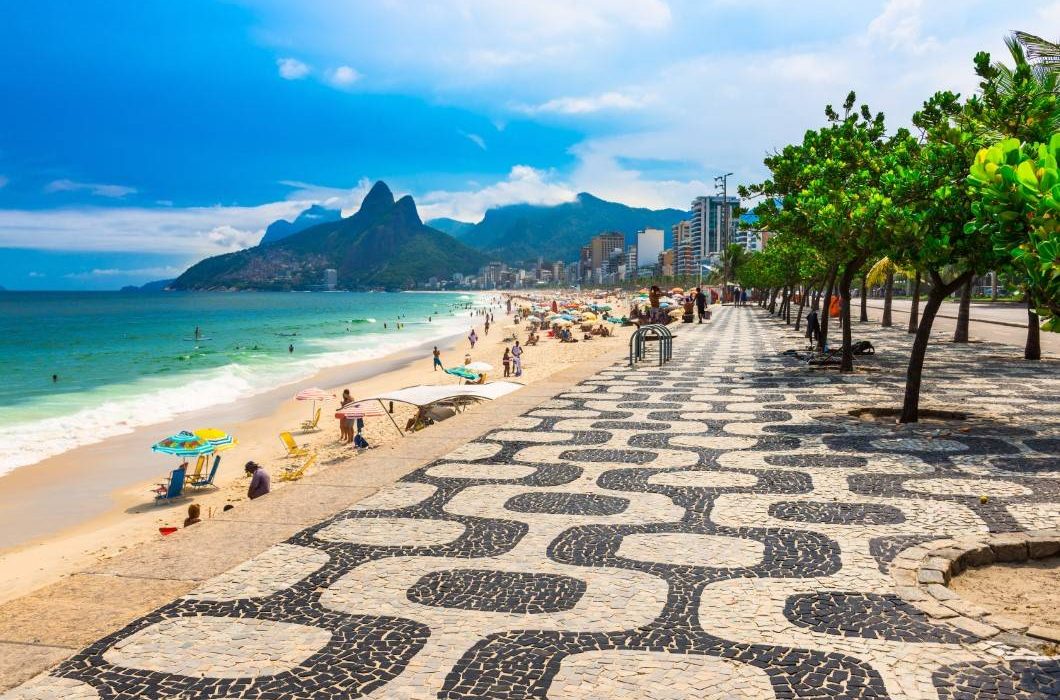
You might also like:
Less than 60 days into the inauguration of the new presidency, Brazilian tourism received some news. The federal government of President-elect Jair Bolsonaro will probably merge the Ministry of Tourism with other ministerial offices. The country however needs to face some tourism challenges.
The sector represents 2.9 million jobs and a share of 6% of the Brazilian GDP. Tourism is the biggest service activity and, for the last 10 years, it has been a constant presence in Brazil’s export efforts.
Rio de Janeiro follows the same trend but there are many tourism challenges ahead. The recovery of the state economy relies on the sector, which can be an immediate source of jobs, if its segments, experiences and unique natural wealth are properly executed.
Solidifying Rio de Janeiro’s position as an attractive destination is crucial to have more tourists exploring the rest of the country. In order to achieve this goal, a marketing plan has to be outlined, with campaigns taking place in Brazil and South America, along with those of the Ministry of Tourism, based on projected, continuous and permanent actions.
Domestic tourism cannot be ignored as well. The tourist flow between the Metropolitan Region and the cities of the interior can create jobs in the hotel, food and commerce industries.
The transformative capacity of the MICE market, which includes fairs, events and congresses, must be taken into account as well, given its ability to guarantee hotel occupancy rates and the use of tourism equipment. The partnership with the private sector, particularly with the CVBs – Municipal Conventions & Visitors Bureau, is decisive when it comes to outlining tourist-focused strategies in the traditional markets of São Paulo, Minas Gerais and Espírito Santo, and even abroad.
Rio de Janeiro is also in need of a strong calendar of events, covering the whole state and keeping its equipment active, both in the capital and in the cities of the interior. In order to create this very same calendar, and increase the competitiveness in the field of fairs, congresses and events, regulatory measures have to be implemented, particularly when considering Resolution SEF 2887/97, which nullifies the prior taxation of products offered by the exhibitors and, consequently, increases the attractiveness of the destination to event organizers.
The different normative legal issues must also be faced, including the regulation of the use of digital platforms in the commercialization of services and products, the establishment of the ‘Fluminense tax-free’ and the elaboration of the State Tourism Law.
The work ahead is demanding, but doable. And it will surely bring new opportunities to the more than 8.000 tour guides and 5.000 companies which operate in the state.
Source: tourism-review.com
